Introducción
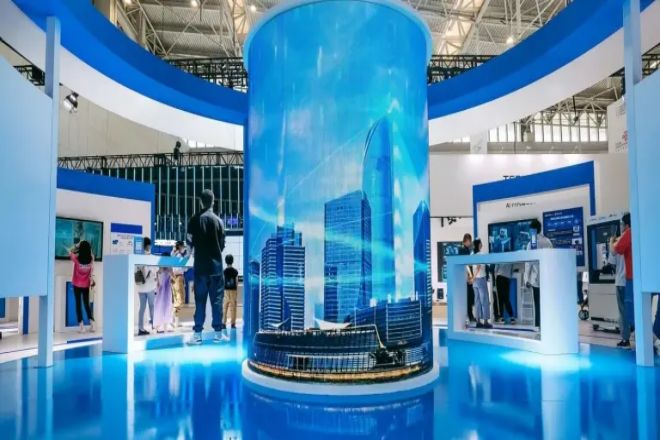
There are many types of pantallas LED, each with its own characteristics. From traditional indoor LED displays to new transparent and flexible LED displays, each type has its unique applicable scenarios and advantages. At an exhibition, due to environmental constraints, time, budget, and other factors, it is particularly important to choose the appropriate LED display.
This article will delve into the best LED display types at the exhibition and analyze their advantages in terms of visual effects, stability, maintenance and installation, energy conservation, and environmental protection.
1. Types and characteristics of LED displays
In various application scenarios at exhibitions, LED displays have become an indispensable display tool with their diverse types and unique characteristics. The four main LED display types and their respective characteristics will be discussed in detail below.
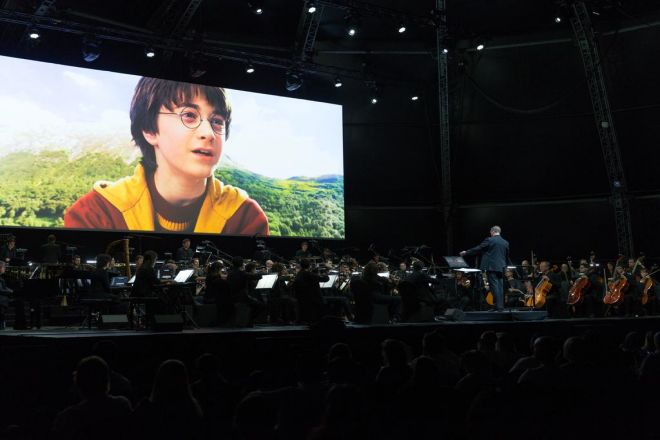
Indoor LED displays are mainly used in closed, indoor environments, such as exhibition halls, conference rooms, etc. Its biggest features are high resolution and rich colors. Since the viewing distance is usually closer, the pixel density of this type of display is higher, allowing for a detailed and clear picture.
At the same time, the color reproduction of the indoor LED display is also very high, and it can present bright and realistic color effects, bringing a strong visual impact to the audience.
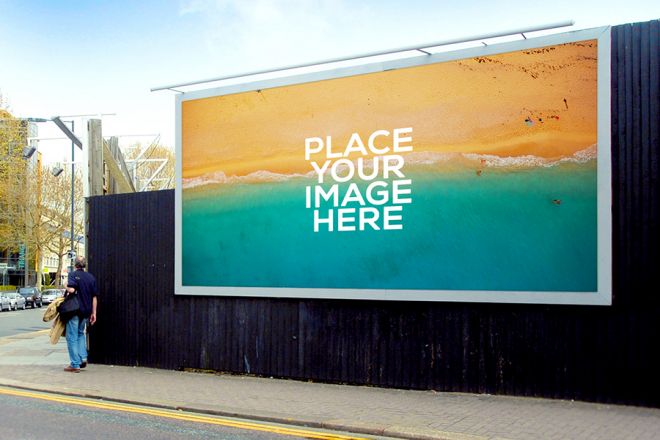
Different from indoor LED displays, outdoor LED displays are mainly targeted at outdoor environments, such as squares, streets, etc. The biggest features of this type of display are high brightness, waterproof, and dustproof performance. Due to the strong light in the outdoor environment, outdoor LED displays need to have high brightness to ensure that they are still clearly visible in sunlight.
At the same time, the waterproof and dustproof design can also effectively protect the display from severe weather and ensure its stable operation.
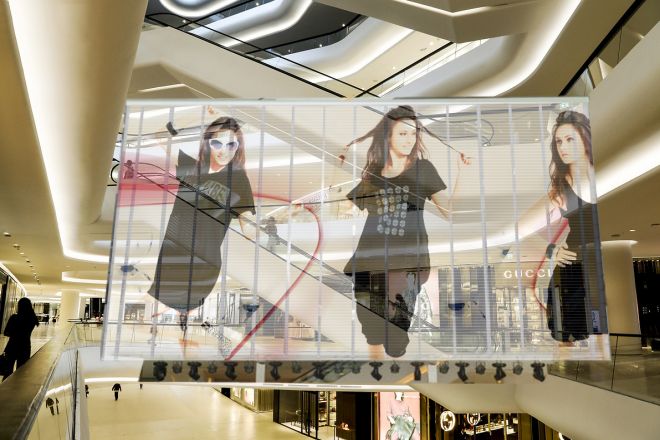
The transparent LED display is a type of display with a unique design. Its biggest feature is that it has high permeability and can be integrated with the background, creating a suspended and three-dimensional visual effect. This kind of display screen is often used in shopping mall windows, glass curtain walls, and other places, and it can add additional display content without affecting the transparency of the original space.
At the same time, the transparent LED display can also enhance the sense of space, making the audience feel like they are in a future world full of technology.
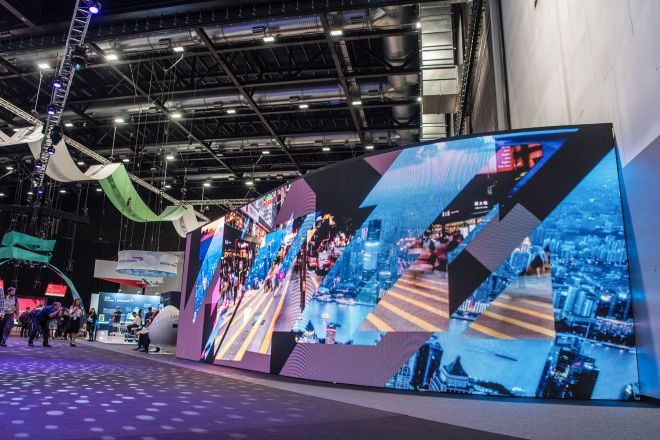
The flexible LED display is a type of display that can be bent and come in various shapes. Its greatest features are flexibility and creativity. Flexible LED displays can be bent into various shapes as needed, such as arcs, waves, etc., bringing a richer visual experience to the exhibition.
At the same time, due to its unique shape and design, flexible LED displays are also often used for creative display and personalized customization, which can attract the audience’s attention and leave a deep impression.
2. Selection criteria for exhibition LED displays
In the preparation process for the exhibition, the selection of LED display screens is crucial. A suitable LED display can not only enhance the visual effect of the exhibition but also ensure the smooth progress of the exhibition. Here are the four main criteria to consider when choosing an exhibition LED display:
1). Visual effect
The visual effect is the first factor to consider when choosing an LED display. Clarity, brightness, and contrast are key indicators for evaluating visual effects.
Claridad: High definition ensures that viewers can clearly see the content on the screen when viewing at close range. Therefore, when choosing an LED display, you should pay attention to its pixel density and resolution to ensure that clarity requirements are achieved.
Brillo: Ambient light at an exhibition may vary depending on the venue and time of day. Therefore, the brightness of the LED display needs to be able to adapt to various light conditions to ensure a bright and clear picture under any circumstances.
Contraste: High contrast can make the picture more vivid and the colors fuller. When choosing an LED display, you should pay attention to its contrast parameters to ensure the layering and three-dimensionality of the picture.
2). Stability and reliability
During the exhibition, the LED display screen needs to run for a long time, so stability and reliability are factors that cannot be ignored when choosing a display screen.
Estabilidad: The display should have stable performance and be able to work continuously for a long time without failure. This requires the display to have high reliability in both hardware and software and to be able to withstand high-intensity use during the exhibition.
Reliability: The display screen should be able to adapt to various changes in the exhibition environment, such as fluctuations in temperature, humidity, and other factors. At the same time, it should also have high anti-interference capabilities to avoid picture distortion or malfunctions caused by external interference.
3). Maintenance and installation
During the exhibition, the installation, debugging, and maintenance of LED displays are all issues that need to be considered.
Easy to install and remove: The display should be designed to facilitate quick installation and removal. This not only saves time in exhibition preparation but also facilitates disassembly and transportation after the exhibition.
Easy to adjust and maintain: The display screen should have flexible adjustment functions so that the angle, height, etc., can be adjusted as needed during the exhibition. At the same time, it should also be easy to maintain so that it can be repaired and replaced in time when a fault occurs.
4). Energy saving and environmental protection
Today, when green exhibitions are advocated, energy conservation and environmental protection are also factors that need to be considered when choosing LED displays.
Low energy consumption: The display screen should adopt an energy-saving design to reduce energy consumption and reduce the impact on the environment. At the same time, it should also have a high energy efficiency ratio to ensure low energy consumption while providing good visual effects.
Environmentally friendly materials: The manufacturing materials of the display screen should comply with environmental protection requirements and avoid the use of harmful substances. This not only helps protect the environment but also improves product safety and reliability.
3. Analysis of the LED display screen with the best effect at the exhibition
In the special environment of the exhibition, the performance of the LED display directly determines whether it can become the focus and bring the expected publicity effect to the exhibitors.
Based on the selection criteria mentioned above, we will compare and analyze the performance of various types of LED displays at the exhibition, and combined with specific cases, we will discuss the actual application effects and future development trends of the best-performing LED displays.
First of all, from the perspective of visual effects, the indoor LED display screen, with its high resolution and color saturation, presents the ultimate clarity and color reproduction when viewed at close range, bringing a strong visual impact to the audience.
The outdoor LED display screen, with its high brightness and ability to withstand severe weather, still maintains excellent visual effects in the outdoor environment.
The transparent LED display screen, with its high permeability and unique design, creates a sense of space and technology for the exhibition. Flexible LED displays, with their bendable and diverse shapes, bring richer creative displays to the exhibition.
In specific exhibition cases, we can find that the LED displays with the best effects are often those that can be fully integrated with the exhibition theme, environment, and audience needs.
For example, at a certain technology exhibition, a high-definition, brightly colored indoor LED display was used to showcase the latest electronic products. Its delicate picture quality and realistic colors brought an immersive experience to the audience.
At another outdoor auto show, a high-brightness outdoor LED display was used to play car advertisements. Its strong visual impact and good weather adaptability attracted a large number of viewers to stop and watch.
Looking to the future, the development trend of exhibition LED displays will pay more attention to innovation and personalization.
On the one hand, with the continuous advancement of technology, the resolution, brightness, and color reproduction of LED displays will continue to improve, bringing more shocking visual effects to the audience.
On the other hand, with the increasing competition in the market, the design of LED display screens will be more diversified and personalized to meet different exhibition themes and audience needs. For example, there may be more LED displays with unique shapes and structures in the future, as well as smart LED displays that can interact and communicate with the audience.
4. How to choose the right LED display
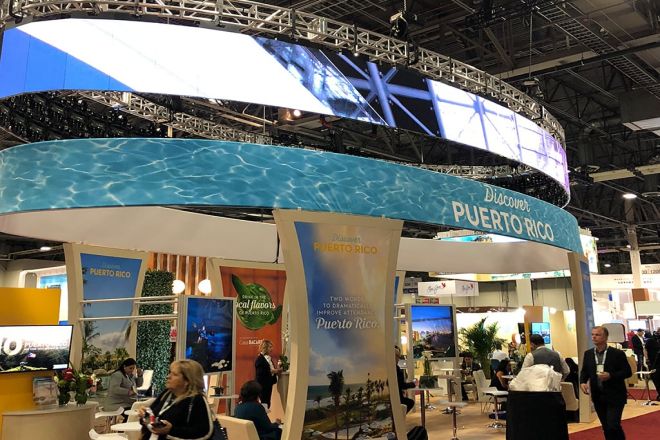
Choosing the right LED display is crucial to the success of the exhibition. In order to ensure a return on investment and achieve expected results, exhibitors need to consider multiple factors to select the most suitable LED display based on the exhibition theme and needs. Here are some suggestions to help exhibitors make an informed choice.
Primero, the type and specifications of the LED display will be determined based on the exhibition theme and needs. Different exhibition themes and display contents require different LED displays.
For example, if the exhibition theme is technology or electronic products, you may need to choose a high-resolution, brightly colored indoor LED display to showcase product details and advantages. For outdoor auto shows or sports event exhibitions, high-brightness, weather-resistant outdoor LED displays may be more suitable.
Además, the size and shape of the display also need to be considered to ensure that it coordinates with the display content and venue environment.
En segundo lugar, choose a strong and experienced LED display supplier. Suppliers’ strengths and experience are directly related to product quality and after-sales service. Exhibitors should choose suppliers with a good reputation and the ability to provide customized solutions.
At the same time, understanding the supplier’s qualification certification and past cases will help evaluate its product quality and service level. When choosing a supplier, it is recommended to conduct multiple comparisons and comprehensively consider price, quality, service, and other aspects.
Finalmente, set a reasonable budget to avoid blindly pursuing high-end products and exceeding the budget. The price of LED display screens varies depending on factors such as type, specification, brand, etc. Exhibitors should make reasonable choices based on their own needs and budget.
When formulating a budget, not only the purchase cost of the display screen must be considered, but also subsequent costs such as installation, debugging, and maintenance. At the same time, do not blindly pursue high-end products; choose cost-effective LED displays based on actual needs and effects.
Conclusión
After an in-depth discussion and analysis of LED displays at the exhibition, we can draw a clear conclusion: Among the many LED display types, no one type can be suitable for all exhibition scenarios, but it needs to be based on the specific exhibition theme. , environment, budget, and other factors that need careful consideration and selection.
Finalmente, si quieres saber más sobre las pantallas LED, Por favor póngase en contacto con nosotros.
